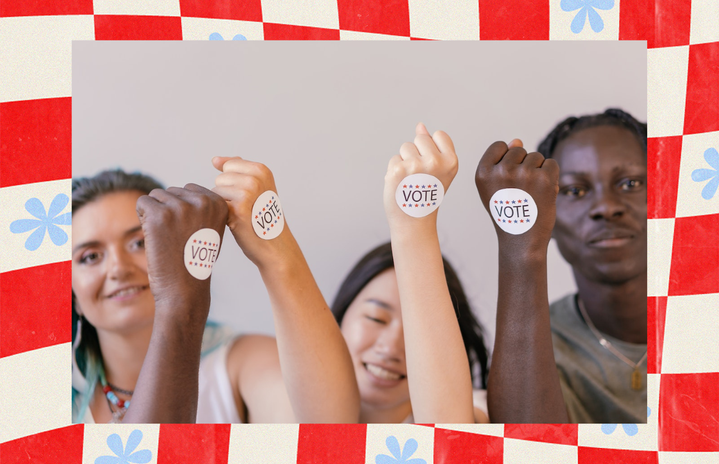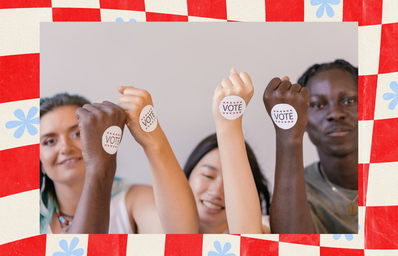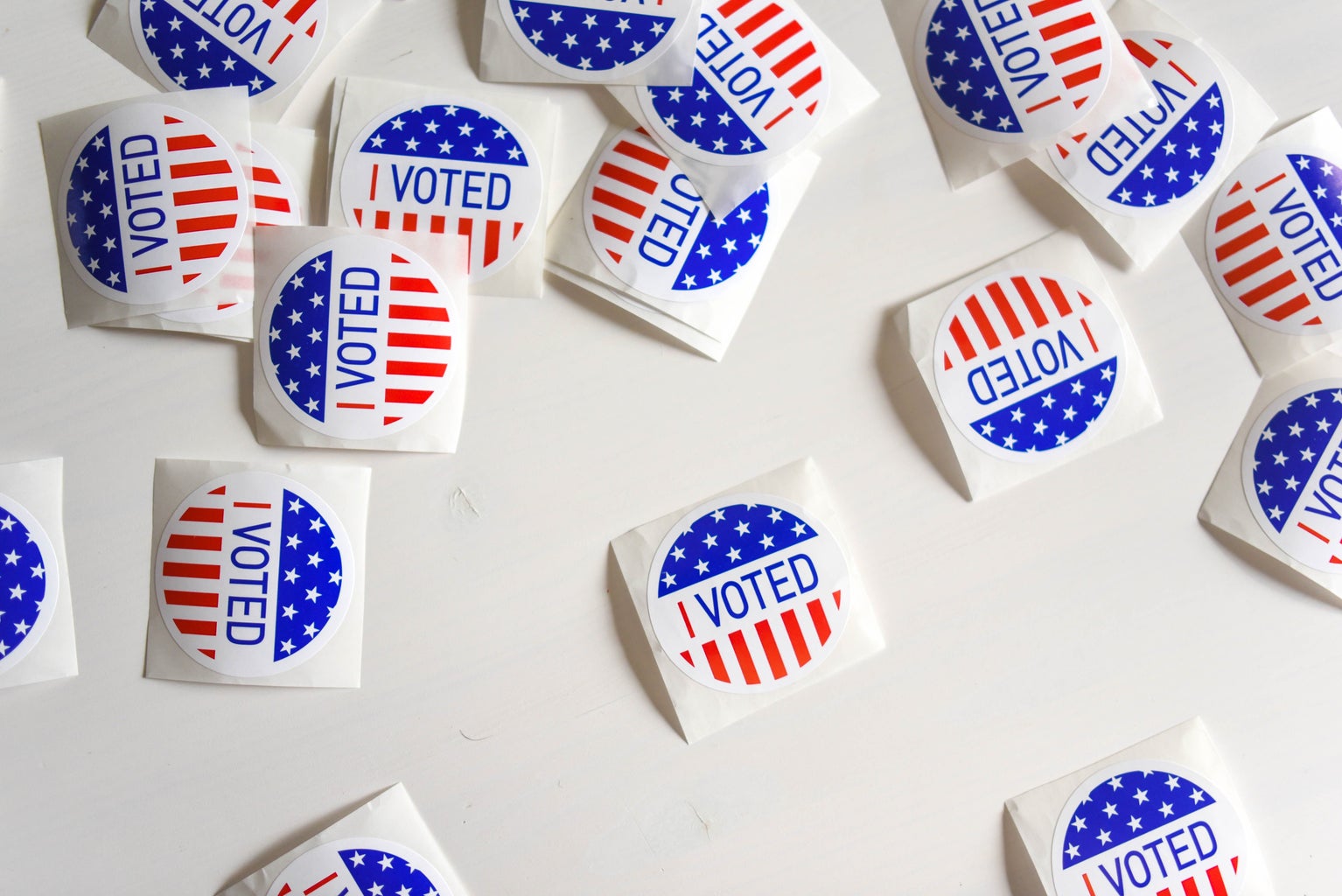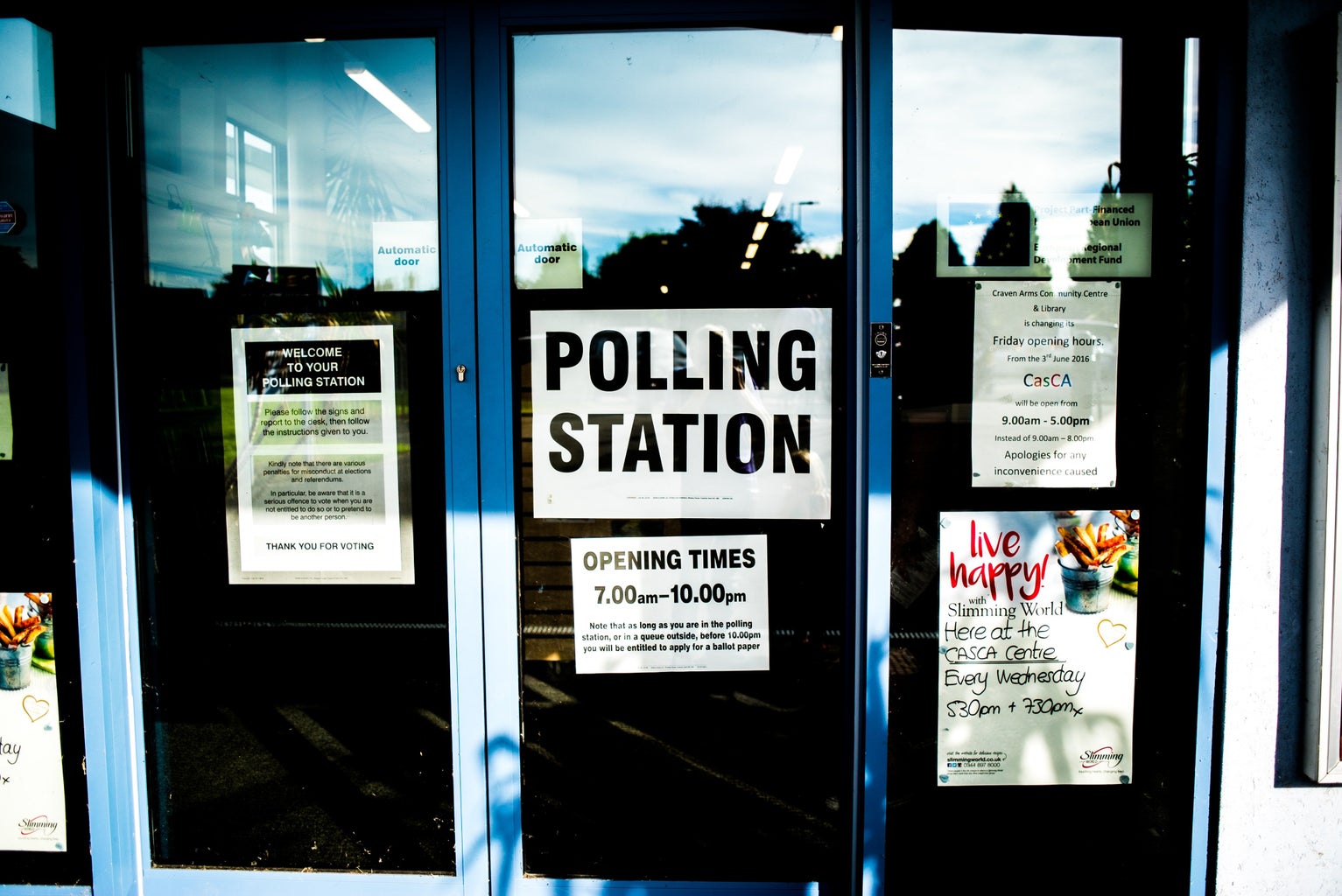I wasn’t 18 years old yet when the 2016 or 2020 presidential elections happened, and I remember being devastated that I could not participate in such an important facet of ongoing political debate. A lot of what would happen to me and my loved ones would rest on the outcomes of the local, state and national elections. And I couldn’t do anything. The moment I turned 18 in 2021, I immediately filed for an absentee ballot and I have since voted in every election I could for California from my university all the way in New York, the Rochester Institute of Technology.
Is the United States of America a perfect democracy? Absolutely not. Although the merits of the democracy we live in is a vast and complex topic, the reason I bring it up is because I believe that, with local and presidential elections coming up alongside Election Day, we have an opportunity as young voters to step up and utilize our right to vote.
Historically, young voters are in the lower represented age demographics when it comes to voting. The U.S. 2020 presidential elections saw a surprising, historic turnout for student voters at 66%, a 14% increase from the previous 2016 elections. Yet, only 28% of all young Americans aged 18 to 24 casted their votes in the U.S. 2022 midterm elections. Granted, that number is from a midterm primary and midterms are known for having lower voter turnout overall, with an estimated 80% of eligible voters not voting in previous midterm elections.
With student voters being a fairly large population of the eligible voting body in the United States, and with many important legislative and executive decisions being made based on the voting body, enabling students to feel prepared for and invigorated about voting for the leaders and policies they want to see in this country is imperative.
young voters have an impact on election results.
I understand feeling like your vote doesn’t matter in the grand scheme of how this country operates. And perhaps, maybe even controversially, that is true. As someone who is part of multiple marginalized groups and is well aware of the damages U.S. operations cause to its own citizens and beyond, I feel a level of both anger and hopelessness when certain people are elected and certain laws are passed. Those feelings across any demographic are valid.
However, there have been numerous instances of young voters playing a major role in how an election turned out, inside and outside of the United States.
Due to a prominent young voter turnout in Poland on Oct. 15, 2023, with 68.8% of the young voter population turning up to vote (compared to 2019’s 46.4%), the majority ruling party of the last eight years, Law and Justice (PiS), was the closest it has ever been to being overruled for its top spot in parliament. With PiS taking 194 seats in parliament (35.4%), the Civic Coalition (30.7%), the Third Way (14.4%) and the Left (8.6%) have agreed to form a coalition to oust PiS from power with their combined 248 seats. This move would not have been nearly as possible without the massive push seen from young voters that night.
In the U.S., young voters have been impactful in state and national elections. According to CIRCLE from Tufts University, in the U.S. 2012 presidential election, young voters in Pennsylvania, Virginia, Ohio and Florida swung the states in President Obama’s favor. Had this not been the case, and Mitt Romney had managed to, at minimum, split the youth votes, Romney would have been the 2012 to 2016 U.S. president. The 2016 presidential elections saw a similar result in swinging state margins in Pennsylvania, Florida, North Carolina, and Michigan. CIRCLE also discusses how young people of color “helped decide key statewide races in states like Wisconsin, Nevada, and Montana” in 2018. It would be a pleasant surprise if mobilization of campus voters could have the same, if not larger, impact on the upcoming 2024 presidential election.
What are the student barriers to voting?
So, why don’t young people vote? Well, there are many different reasons. Some of them are myths or extreme overgeneralizations, such as apathy or lack of turnout, and some aren’t.
According to FiveThirtyEight, prominent voting barriers for young people include time needed to wait in line to vote, inability to get off work for voting, missing the voter registration deadline, not receiving an absentee ballot in time, difficulty finding their polling place, could not access their polling place, told their name wasn’t on a registered voter list, had to cast provisional ballots due to their name not being on the registered voter list, told they didn’t have correct identification and/or could not get the necessary assistance to fill out the ballots.
Young voters may face these barriers more because they haven’t become “habitual voters” as a result of less time to reinforce the habit of voting, the opportunity cost can be higher for young voters who have irregular work and school schedules, and the general distribution of information to young voters, especially those voting further away due to being at college, can be convoluted and difficult to find.
In addition, people who face additional societal, systemic, financial, and other issues within the country do not perceive civic engagement as essential. As American Progress reports, it is “unfortunate and rational” for those who have been hurt by the systems around them to not feel inclined to make their ways to voting booths.
Minority voters typically also face more barriers to their counterparts including, but not limited to, voter ID biases, ability to locate polling places (American Bar claimed in 2020 that 5% of white voters had difficulties in comparison to 14% of Hispanic and 15% of Black voters), and lack of translated voting materials. All these different barriers create unique needs for young people when it comes to being able to cast their vote in upcoming elections.
How can we break down these barriers?
Many of these issues and barriers are built into larger problems that cannot be fixed in a year of work, let alone a day. But, I hate to leave such an important topic on a pessimistic note.
Campuses across the nation can work to bring voter information, registration, and ballots to the student population by increasing overall campus voting efforts and programming. The New York Times recommends short, medium and long-term efforts that include distribution of information, working to reduce barriers, especially systemic ones, and improving civic education so people feel confident about knowing what they are voting for.
Of course, the extent to which you can employ certain efforts will depend on your campus’ policies as well as your state’s policies. For instance, in different official university’s voter programming, especially for programming run by an office at a nonprofit university, non-partisanship is a requirement to be able to run voting registration and absentee ballot requesting efforts. Examples of universities with these policies include the Rochester Institute of Technology’s ROAR the Vote program under C.10.0, the Ohio State University’s OSU Votes program under the Political Activity Guidelines, and Harvard University’s Harvard Votes Challenge under the Campaign and Political Activity Policy.
Establishing official programs for students to check registration, register, print and stamp absentee ballot requests and more are great ways to start. Other options may include creating an on-campus polling location (which must be done in collaboration with your county board of elections) or having student organizations that focus on political topics come together to do an event for voter registration (again, check your university’s policies).
There are many organizations that aim to help students get involved in voting efforts on their campuses as well as in general voting efforts for young voters. Here are just a few of them:
- Students Learn Students Vote
- The Campus Vote Project
- Every Vote Counts
- CIRCLE
- ALL IN Challenge
- Civic Influencers
Regardless of where your campus is now with voting programming, remember that you can always start with yourself. I am always happy to seal off my election envelope and drop it in a mail out box in the hopes to never feel that devastation I felt in my middle and high school years again. I hope to see you all out and voting on this year’s Election Day and every one after that.




